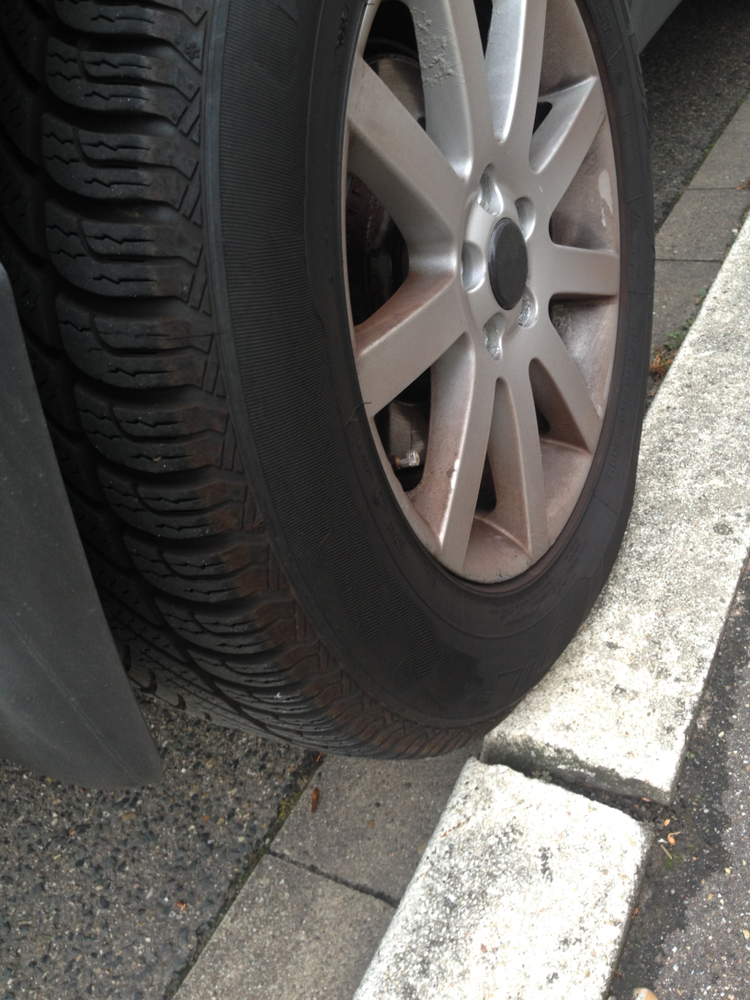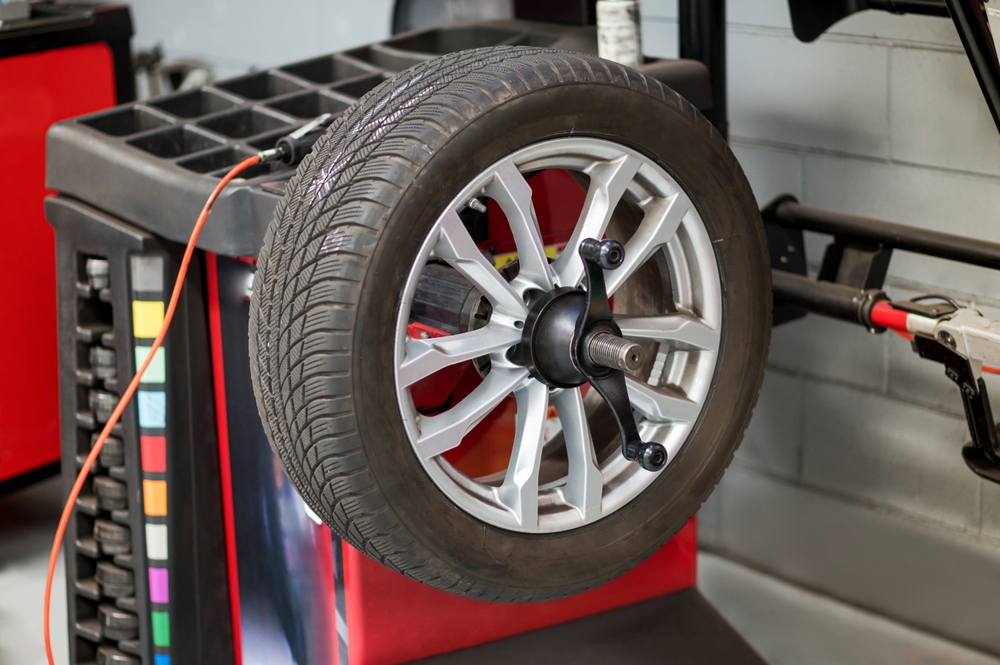For any driver, wobbly and shaky wheels are not a good sign and must be looked into immediately. But what exactly will lead to all the wobbliness?
The saying, “till the wheels fall off” is often used to describe a bad turn of events. This can literally be the case if you are driving a car with wobbly wheels as obviously they will pose a life-threatening risk if left unfixed.
As “prevention is better than cure, knowing how to identify and prevent situations that create the possibility of damaged wheels is half the battle won.
Here are several kinds of driving habits or conditions that will lead to your car wheels going all wobbly and shaky.
Hitting Those Kerbs As drivers, we are familiar with the fact that a sure way to fail your driving test is to hit or mount a kerb.
As drivers, we are familiar with the fact that a sure way to fail your driving test is to hit or mount a kerb.
The reason for such a strict test criteria is that hitting a kerb, especially at a hard enough impact, will cause some serious damage to the vehicle’s wheels and suspension. This compromises the vehicle’s roadworthiness.
In Singapore, roadside kerbs have a height between 125mm and 150mm, of which 25mm to 50mm is vertical height while the rest of the kerb is angled towards the roads at about 70 degrees.
It is common for wheels to get scratched and damaged when drivers misjudge the proper distance when parking or turning. The real danger happens when vehicles are driven at higher speeds and should they hit the kerbs the ensuing impact will result in the affected rim being bent or warped out of alignment with the tyre, causing the entire wheel to wobble.
Although drivers may often be able to detect a wobbling wheel when their steering wheel begins to vibrate, this is not always the case. Typically, a replacement rim will put a stop to the wobbling problem. However, a greater fear is the damage being inflicted on the vehicle’s suspension – which is a more serious problem.
Misaligned Or Damaged Suspension It is a big problem when the vehicle’s suspension is damaged.
It is a big problem when the vehicle’s suspension is damaged.
This is because the suspension system is what makes the ride smooth and keeps the vehicle well supported. A damaged suspension will cause a variety of problems, from the vehicle sagging thus increasing the risk of damage to the undercarriage, creating wheel alignment issues (causing more stress to the wheel and tyre) or making the vehicle harder to control, especially when trying to make a turn.
It is therefore important to send the vehicle to a certified mechanic the moment a wobbling wheel is detected as it can be a symptom of a damaged suspension. Often, the entire suspension system will need to be replaced.
The other potential cause of wobbly wheels is a misaligned suspension. While a problem of a lesser magnitude, it still demands attention from the driver. A misaligned suspension will cause the driver to struggle to maintain a straight course which will pose a road hazard.
In minor cases, the driver may notice that the steering wheel keeps veering either to the left or right. A mechanic will be able to quickly fix the issue.
Unbalanced Wheels Wobbly wheels can also be caused simply by wheels that are unbalanced. The next time you have a tyre change, pay close attention to whether the workshop performs a proper process of wheel balancing.
Wobbly wheels can also be caused simply by wheels that are unbalanced. The next time you have a tyre change, pay close attention to whether the workshop performs a proper process of wheel balancing.
Wheel balancing is done is by attaching small weights to the wheel to balance the weight of the entire assembly. This is important as it ensures that all of the tyres perform smoothly and do not wobble at high speeds.



